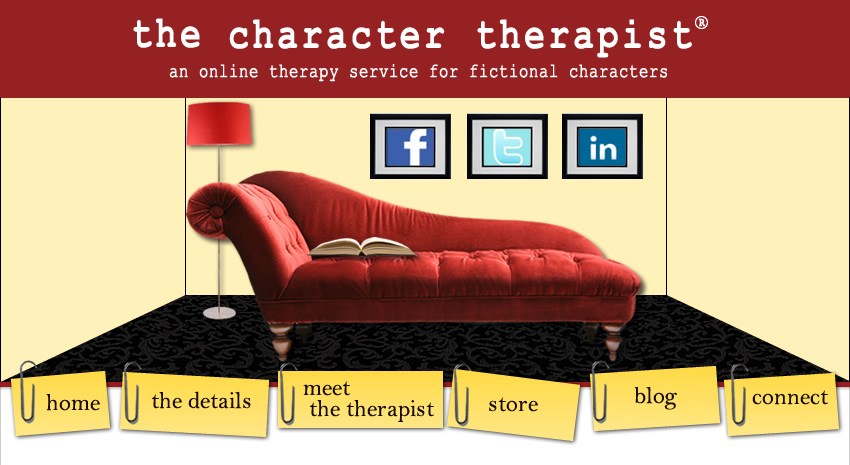With the new Diagnostic and Statistical Manual, 5th Edition, coming out in the next month or so, changes are being made to how trauma is defined, determined, and dealt with.
It's becoming very clear that most people have some sort of trauma in their background. It's not so much a question of IF the person has trauma, but HOW MUCH trauma they have. Therapists who do not assess for trauma are doing their clients an injustice.
So how should this inform your writing?
The medical model influences the way we think about a lot of things. Instead of looking at positives and strengths, we often focus on areas of weakness or symptoms. As a result, a typical question to our characters (and to other people) is couched this way:
What is wrong with you?
There is an assumption when reading (and writing) a book that something is wrong with the characters...something that needs to be fixed before the end of the book.
Character's can't remain static, they have to change. We use the character flaw to inform our writing and the character arc process, much like a therapist uses a diagnosis to inform treatment. Flaws need to be "healed" or at the very least improved upon by novel's end.
But I'd like to propose another question that you should ask your character, based on the field of psychology and the trauma lens that we need to view people (and characters!) through:
What has happened to you?
This is a huge shift from thinking about symptoms (flaws, if you will) and thinking about story. No one develops a flaw in isolation or out of the blue. Their environment, family, friends, etc., all play a role in shaping that character, giving them a reason to do what they do, or think the way they do.
What this question is really asking for is BACKSTORY.
Having a solid understanding of your character's background, their upbringing, their family dynamics, whether or not they had an attachment to caregivers, their social supports...all of this factors into the development of their flaw, which is where your story starts, in medias res (in the middle of things), before their world gets rocked by the call to action.
A character's flaw does not define them. Their backstory gives context to the flaw's development. (Click to tweet!)
So take time to understand your character's backstory. It'll be the skeleton on which you hang the muscles and skin of your story. Just like a real skeleton, the readers will never see it, but it will govern and guide the story start to finish.








